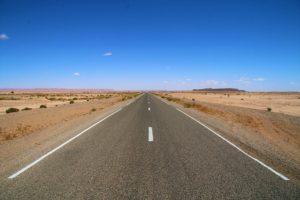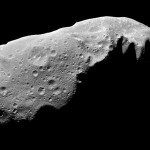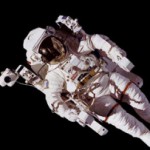This week’s post is a bit of a distraction from the usual business, based on a question I wondered about. Rather than ask Google, I dug in like a nerd to get a more complete picture.
One of my frequent spiels is about the vastness of space, in the context that we can dismiss fantasies about humans traveling to the stars. I do throw in an old-school calculation at the end to reinforce this point, but until then we’ll entertain ourselves with a sense for the scale of the sky we see with our eyes.
When we consider a scale model in which the sun is reduced to the size of a sand grain (about 1 millimeter), the closest neighbor star is about 30 km away. One light year at this scale is about 7 km. But how typical is this yawning gulf in our region of the galaxy? And how far away are the stars we lay eyes on in the night sky, typically?
Before getting to those questions, just how many stars can we see, naked-eye? It depends on the darkness of your sky. According to the Hipparcos catalog, rounding apparent visual magnitudes to the nearest integer, there are two −1 magnitude stars: Sirius and Canopus. Eight more join at magnitude zero; 12 at first magnitude; 71 at second; 192 at third; 622 at fourth; 1909 at fifth; and 5976 at sixth—at which point our eyes run out of steam. A suburban sky might allow fourth magnitude, or roughly 1,000 stars (not all at once, since only half are up at a time). At fifth magnitude, we get about 3,000 (all-sky). At the limit, we tally about 9,000 stars. About half this number would be above the horizon at any given time.
Incidentally, going to space hardly does a thing to improve visibility: the atmosphere is pretty impressively transparent at visible wavelengths (only “eating” about a tenth of a magnitude). I was excited to see the night sky from Mauna Kea on my first observing trip there as a graduate student. Being above 40% of the Earth’s atmosphere, it’s the closest I had been to space. The thing is, low oxygen levels impair visual sensitivity, so when I first went outside it really sucked: I could barely see a thing (eventually dark-adapted, but way slower than at lower elevations). Space is even worse on the oxygen front.
Views: 10305








